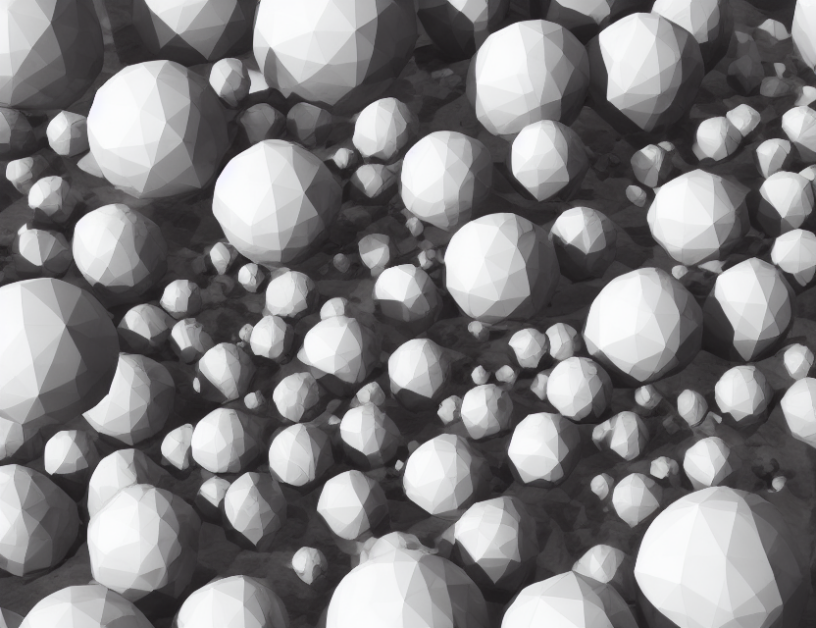What are Spherical Designs?
Spherical designs are arrangements of points on a sphere that have certain desirable properties. These designs are used in various fields, including computer science, engineering, and physics. The most common type of spherical design is the spherical lattice, which is a regular pattern of points on the sphere. Imagine a globe, and you can think of the spherical lattice as a grid of points that covers the entire surface.
Importance of Spherical Designs
Spherical designs have several important applications in data processing, including image and video analysis, navigation systems, and geology. For example, when analyzing satellite images, it’s essential to process the data efficiently to identify patterns or features on the Earth’s surface. Spherical designs can be used to represent these images in a more organized manner, allowing for faster processing times and more accurate results.
Besides image analysis, spherical designs are also important in geology, where they are used to study the structure of the Earth’s crust. By using spherical designs to represent geological data, researchers can better understand the relationships between different features and make more accurate predictions about earthquakes or other natural disasters.
How Spherical Designs Help Process Spherical Data
Once data is normalized and represented on the sphere, it becomes easier to process efficiently using spherical designs. By dividing the sphere into smaller regions called cells, researchers can quickly analyze large datasets without having to examine every single point. This makes it possible to identify patterns or features more quickly and accurately, leading to better results in various applications.
For instance, when analyzing panoramic images or videos, spherical designs can be used to divide the sphere into smaller regions, allowing researchers to focus on specific areas without examining every single pixel. This makes it easier to identify features like buildings, roads, or other objects within the image or video, leading to more accurate analysis and better results.
Conclusion
Spherical designs are a crucial tool in data processing, particularly when dealing with spherical data. By representing data on the sphere using these designs, researchers can quickly analyze large datasets without having to examine every single point. This makes it possible to identify patterns or features more quickly and accurately, leading to better results in various applications. As technology continues to advance, the importance of spherical designs will only grow, playing a vital role in many fields, from image analysis to geology and beyond.



